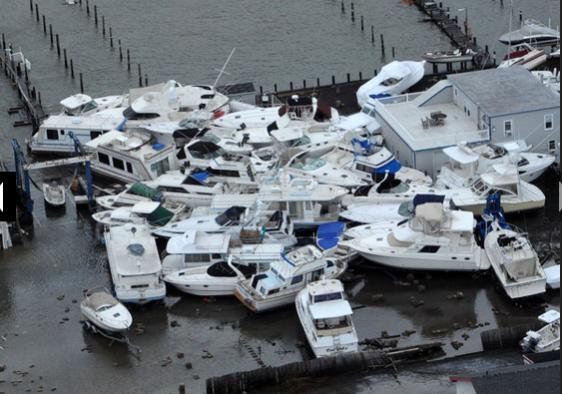Delia Rosa
Senior Member
- Joined
- Jan 20, 2011
- Messages
- 372
- Location
- Canada
- Vessel Name
- Delia Rosa
- Vessel Make
- C & L Sea Ranger 47 Raised Pilothouse
Not as deep an effect as being dead!
You have to know when to let it go and take your chances. You do the best you can to move it or secure it, but that's all you can do.
In addition to risking your life and perhaps your family's lives, you put rescue people in danger if you expect them to rescue or evacuate you when the situation gets past what you can handle.
Well said!!





